Natural Ingredients
Our products are made with natural ingredients which are made and extracted in a natural environment to maintain your health balanced and healthy.
 ALLIUM SATIVUMGarlic (Allium sativum) is one of the best-known herbs in the world. This perennial plant, usually grown as an annual, produces edible bulbs. |  ANGELICA ROOTAngelica archangelica is a herb that grows up to 250 cm in height. The root, seed, leaf and fruit have historically been used in Nordic folk medicine. |  ANNONA MARICATAAnnona muricata,(Soursop) commonly called soursop (also known as graviola or soursop), is a small perennial tropical tree that is native to Central America and tropical. | 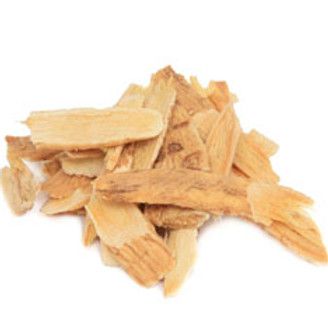 ASTRAGALUS ROOTAstragalus has been used in traditional Chinese medicine for centuries. It is popularly associated with applications related to general well-being, and has been mentioned in contexts involving the immune system and cardiovascular health. |
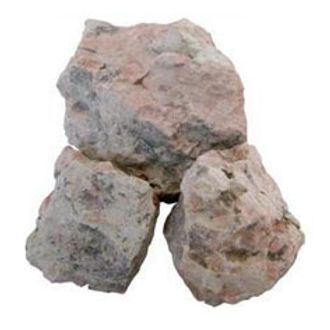 BENTONITEBentonite is a very ancient clay that has been used as a remedy for many things. Fine dust forms when volcanic ash ages. | 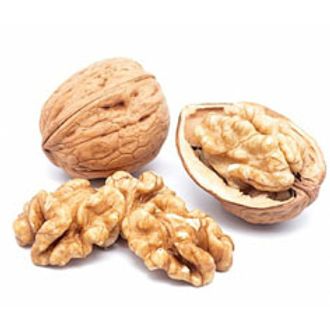 BLACK WALNUTThe black walnut (Juglans nigra) is a tree native to the US that is harvested for its wood and edible nuts. The bark of the trees has been used in traditional medicine. | 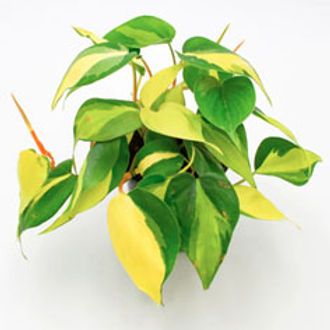 BASIL LEAFBasil for generations has been associated with multiple traditional applications: loss of appetite, intestinal gas, fluid retention and in popular culture in relation to colds and warts. |  CALCIUM BENTONITECalcium bentonite clay is a type of absorbent clay that is normally formed after the aging of volcanic ash. It is named after Fort Benton Wyoming. |
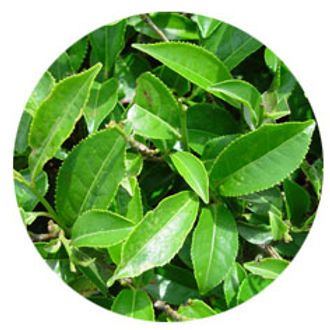 CAMELLIA SINENSISWe work with a wide selection of top quality white tea, green tea, black tea, wulong (oolong), Pu er and Matcha, selected at source in the gardens of China. |  CINCHONA OFFICINALISIn popular culture, it has been associated with the promotion of digestive well-being and has been mentioned in contexts related to feelings of fullness and other aspects of the stomach system. | 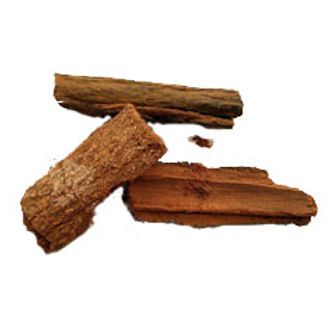 CINCHONA BARKTraditionally, cinchona bark is known to contain components such as quinine and quinidine, these substances have been explored in contexts related to general well-being. | 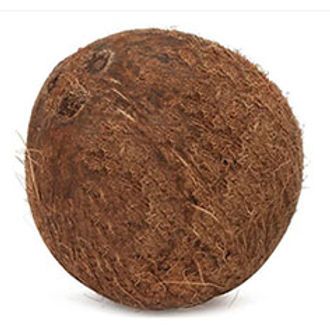 COCONUTS ROOTCoconut contains saponins and flavonoids, two notable substances that have surprising antioxidant properties and have been linked to skin care. |
 DANDELION ROOTDandelion root is rich in inulin, a carbohydrate, a type of soluble fiber found in plants that promotes growth and maintenance of a healthy life. | 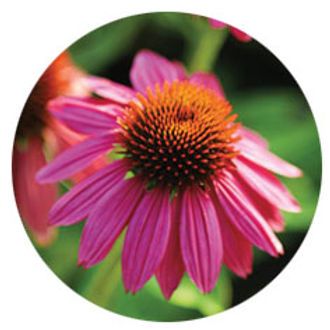 ECHINACEA PURPUREAIt is a perennial medicinal herb with important properties. In popular culture, echinacea has been associated with supporting general well-being and has been mentioned in contexts related to resistance to common ailments. |  FEVERFEWTraditionally, feverfew has been valued in popular culture for its possible applications that involve discomforts such as headaches, joint pain, and toothache. |  FRENCH MARITIME PINETraditionally, the French maritime pine has been the subject of research interest. It has been mentioned that the extract derived from this pine has been explored in contexts related to vascular and ocular well-being. |
 GALIC EXTRACTGarlic has been valued for possible applications related to well-being. It has been mentioned that garlic extract has been explored in contexts involving cardiovascular well-being and other general aspects of health. | 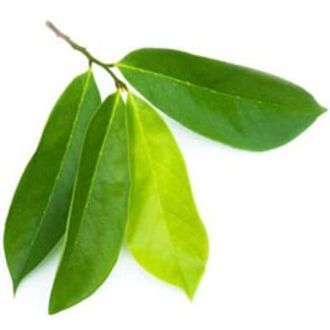 GRAVIOLA LEAF [Annona muricata]In traditional phytotherapy, both the fruit and the leaves of the Graviola tree have been associated with the relief of certain digestive and cardiovascular ailments. | 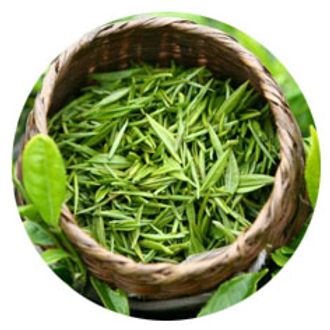 GREEN TEAGreen tea extract is rich in antioxidants called catechins, which have been shown to increase antioxidant capacity and are associated with support against certain types of cellular stress | 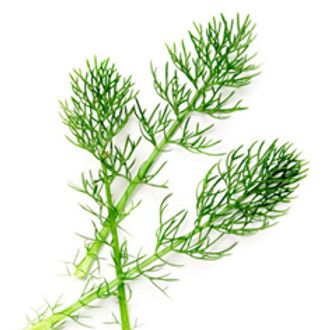 HORSETAIL HERBHorsetail, also known as Equisetum arvense, has traditionally been associated with promoting certain bodily processes and supporting bone and kidney health. |
 BLACK WALNUT HULLSThroughout the ages, black walnut hulls have been prized in herbal practices for their associations with supporting digestive processes and gastrointestinal balance. |  HYPROMELLOSEOphthalmic hypromellose is known for its use as an ocular lubricant. It has been associated with relieving sensations of dryness and irritation in the eyes, which can be caused by factors such as wind, sun exposure, and prolonged activities in front of screens. |  KELP ALGAEThe Romans used seaweed to treat wounds, burns, and rashes. The Celts observed that ordinary seaweed shrank when dried. | 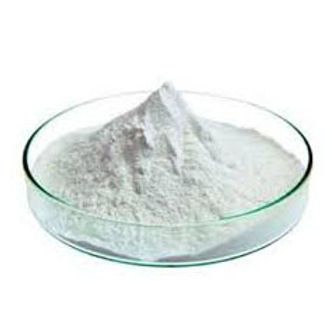 MAGNESIUM STEARATEMagnesium stearate is the magnesium salt of the fatty acid, stearic acid. It has been widely used for many decades in the food industry. |
 MARITIME PINEThe extract of maritime pine bark has been attributed antioxidant and anti-inflammatory properties, and has been explored in various health contexts, including respiratory conditions. | 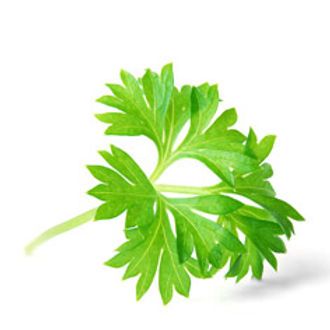 PARSLEY LEAFThroughout history, parsley has been valued for its rich composition that includes antioxidants and vitamins such as A, K and C; It has been associated with supporting various aspects of health, including cardiovascular, kidney and bone functions. | 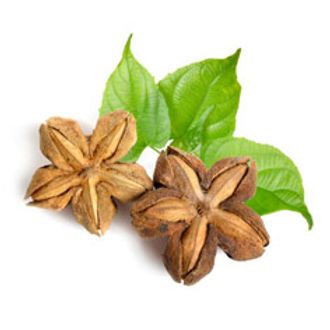 PLUKENETIA VOLUBILISSacha inchi (Plukenetia volubilis) oil was rich in tocopherols (2450.1 µg/g of oil), mainly γ-tocopherol (64.7%), it is an oleaginous plant of the Euphorbiaceae family, widely consumed by the indigenous population. | 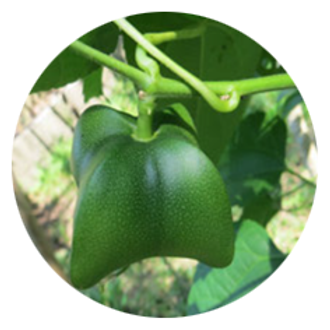 PLUKENETIA-VOLUBILISSacha inchi (Plukenetia volubilis Linnaeus) is an ancient plant native to the Amazon rainforest that has been adopted as a food source. It is the oilseed plant of the Euphorbiaceae family originally cultivated in the Amazon. |
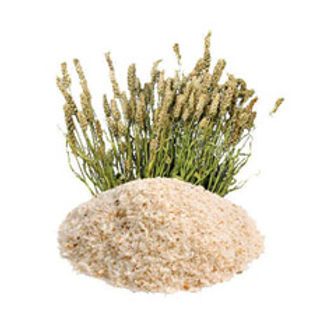 PSYLLIUM HUSKHistorically, psyllium husk has been used in natural practices to support intestinal regularity. It is believed that it acts by increasing the volume of feces, thus facilitating intestinal transit. |  PUMPKIN ROOTIn traditional practices, pumpkin root has been associated with relieving certain stomach upsets and other conditions. In addition, antioxidant and anti-inflammatory properties are attributed to it. |  SACHA INCHISacha inchi can be used whole, in powder or in oil, it stands out for its richness in ω-3, -6 and -9 fatty acids. Sacha inchi oil has been associated with benefits in certain aspects of health, including lipid profile. | 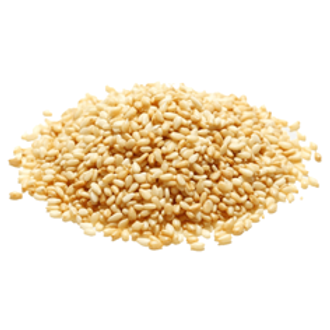 SESAME SEEDSesame seeds are rich in lignans and phytosterols, plant compounds that have been associated with supporting cardiovascular and immune health. |
SILICON-DIOXIDEThis compound is commonly used in the food industry and in supplements, acting as an anti-caking agent to prevent the formation of lumps. In addition, it has been explored in the field of well-being in relation to various aspects of health, including bone and cardiovascular health. | 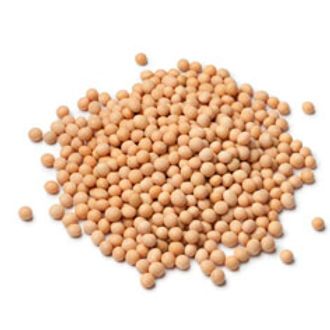 SOYBEAN SEEDSoybeans are rich sources of health-promoting metabolites such as phenolic acids, isoflavones and anthocyanins. These compounds have been explored in the wellness space and associated with various benefits, including supporting kidney health. | 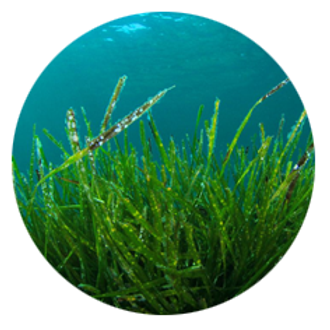 SPIRULIN-ALGAESpirulina is a powerful source of nutrients. It contains a powerful plant-based protein called phycocyanin. This alga stands out for containing phycocyanin, a protein of plant origin that has been associated with properties such as antioxidants and anti-inflammatory, among others. | 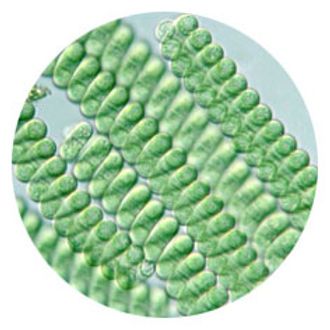 SPIRULIN PLATESISPharmacological actions, such as anti-inflammatory, antioxidant, antitumor, immune enhancing, and also have a high concentration of zeaxantuin, an important nutrient related to eye health. |
 VEGETARIAN CELLULOSEVegetarian capsules are usually made from vegetable cellulose. There are several different types of vegetable cellulose that make up vegetable capsules. | 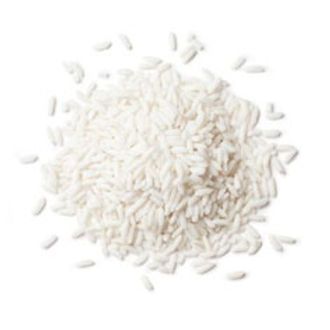 WHITE RICE FLOURWhite rice flour contains gluten, it is recognized as a healthy alternative. It is rich in calcium, and this nutrition from rice flour makes it an excellent food option to maintain bone and skeletal health. |




